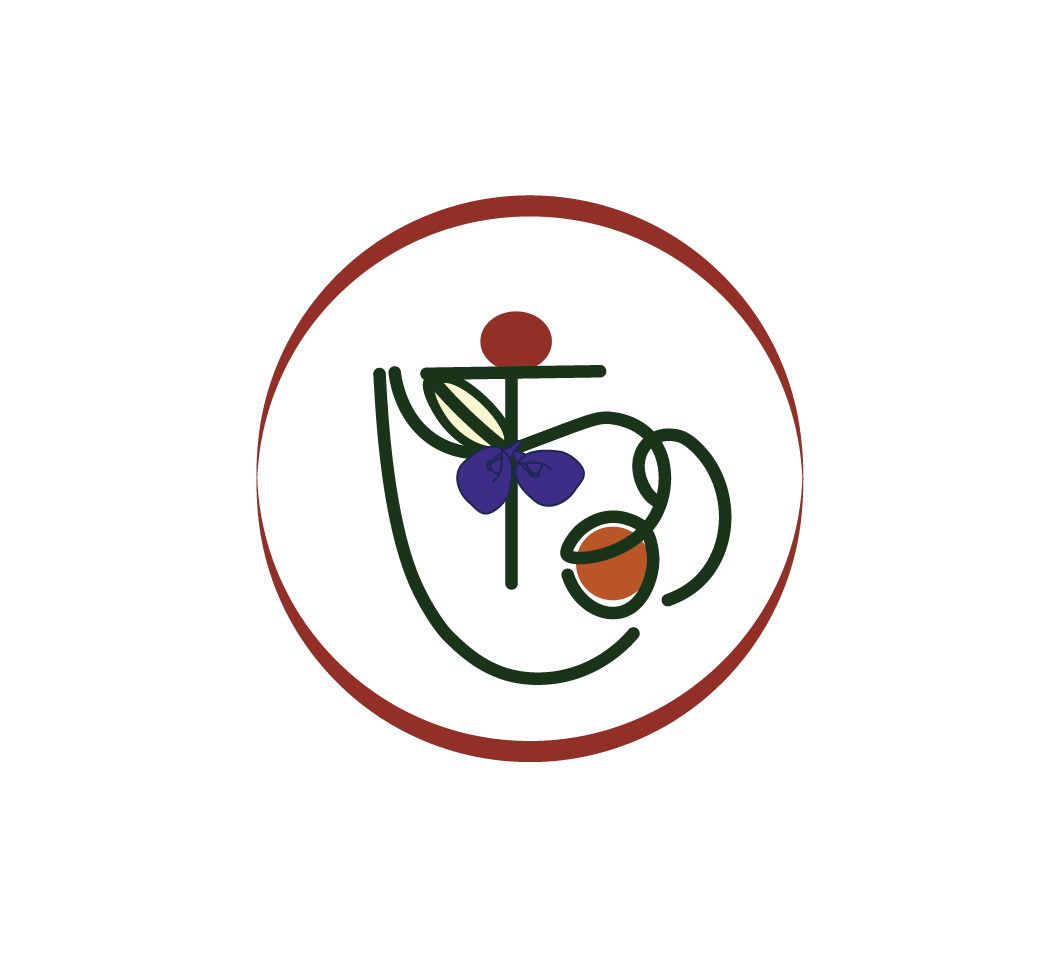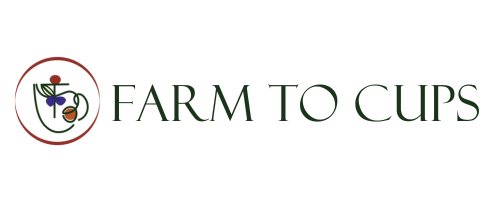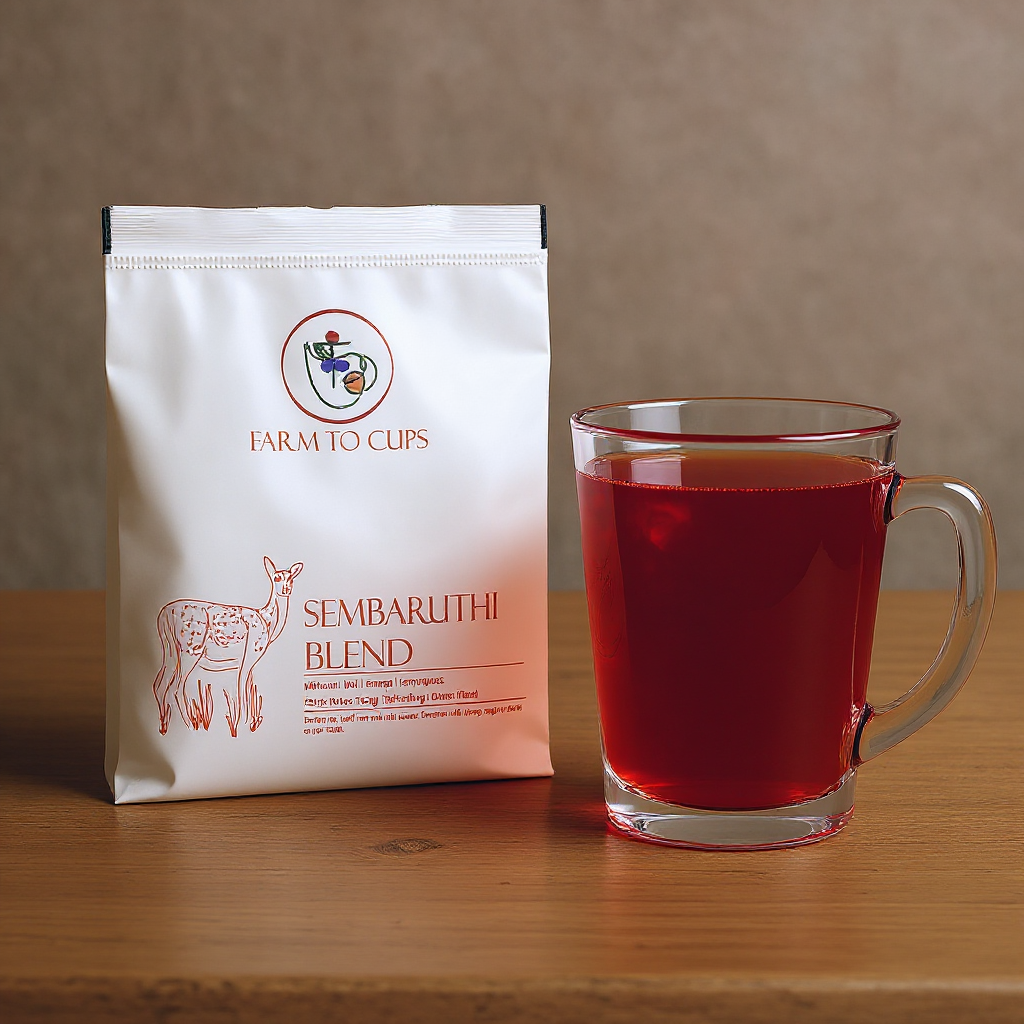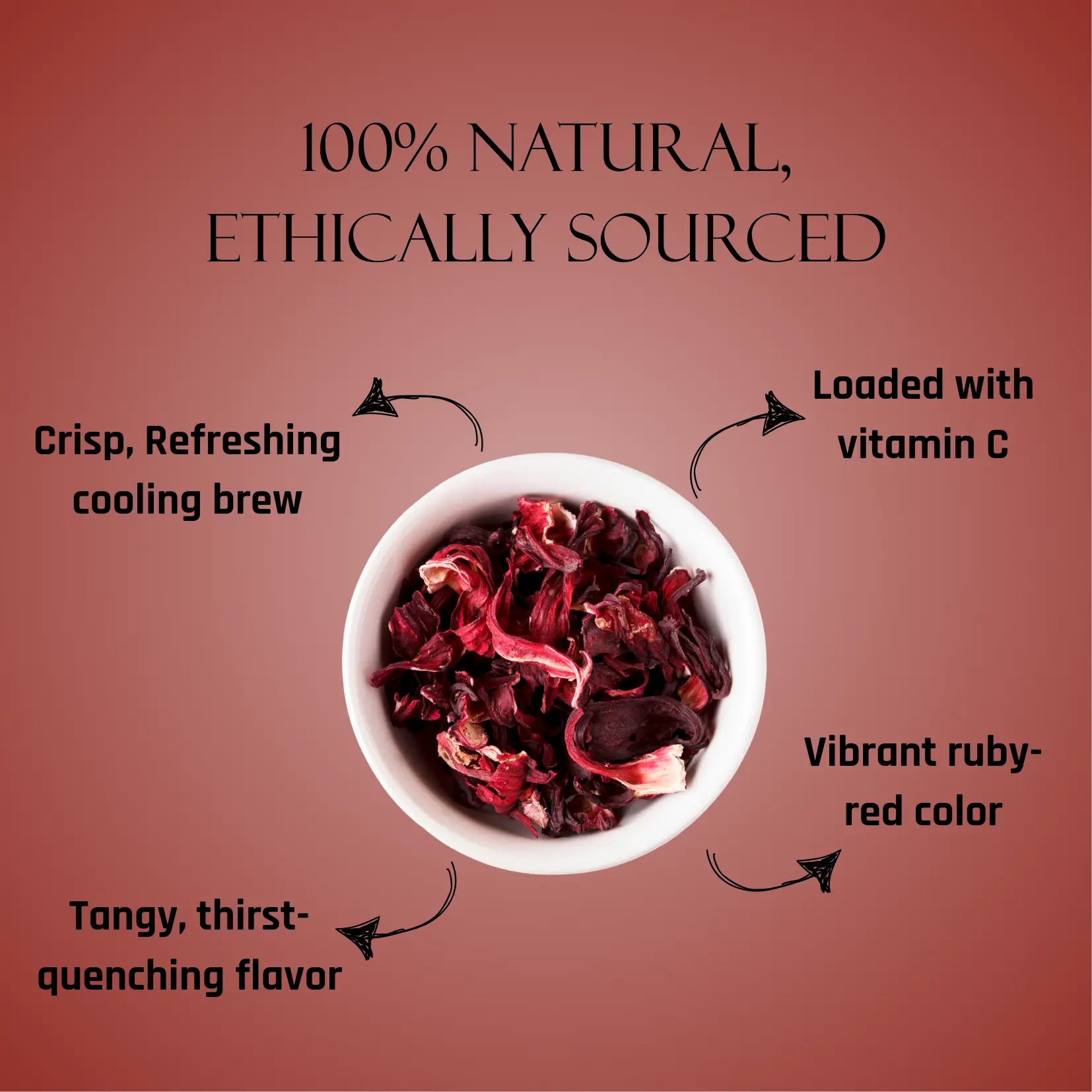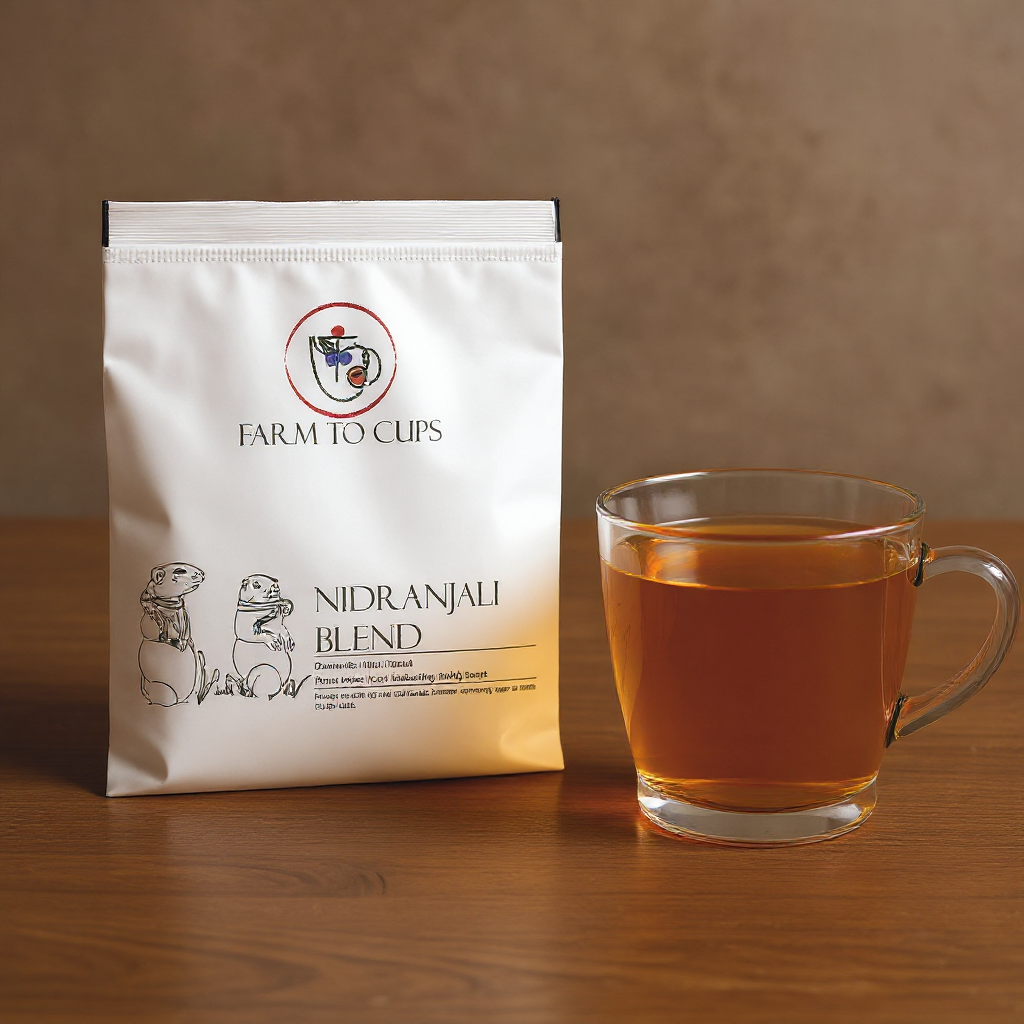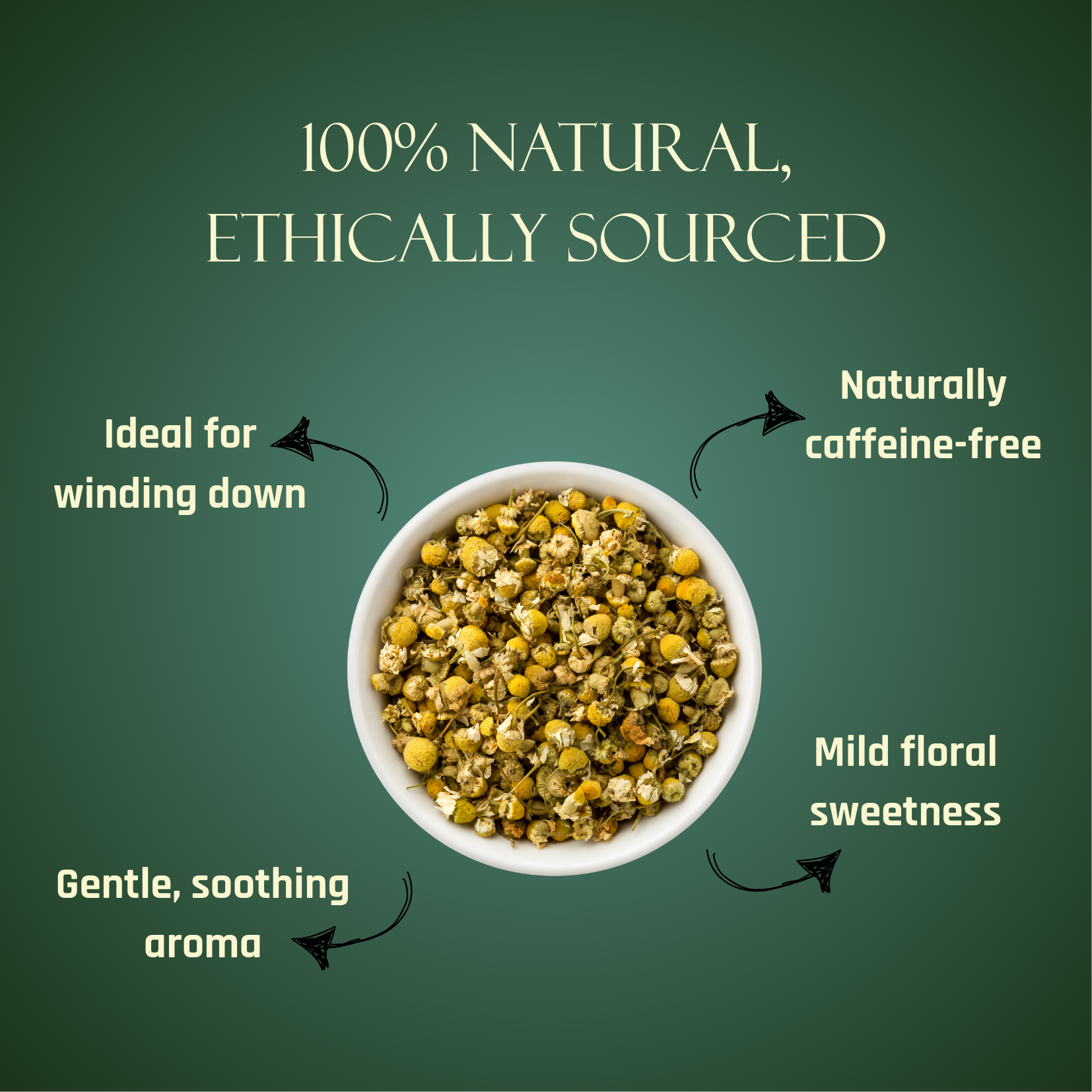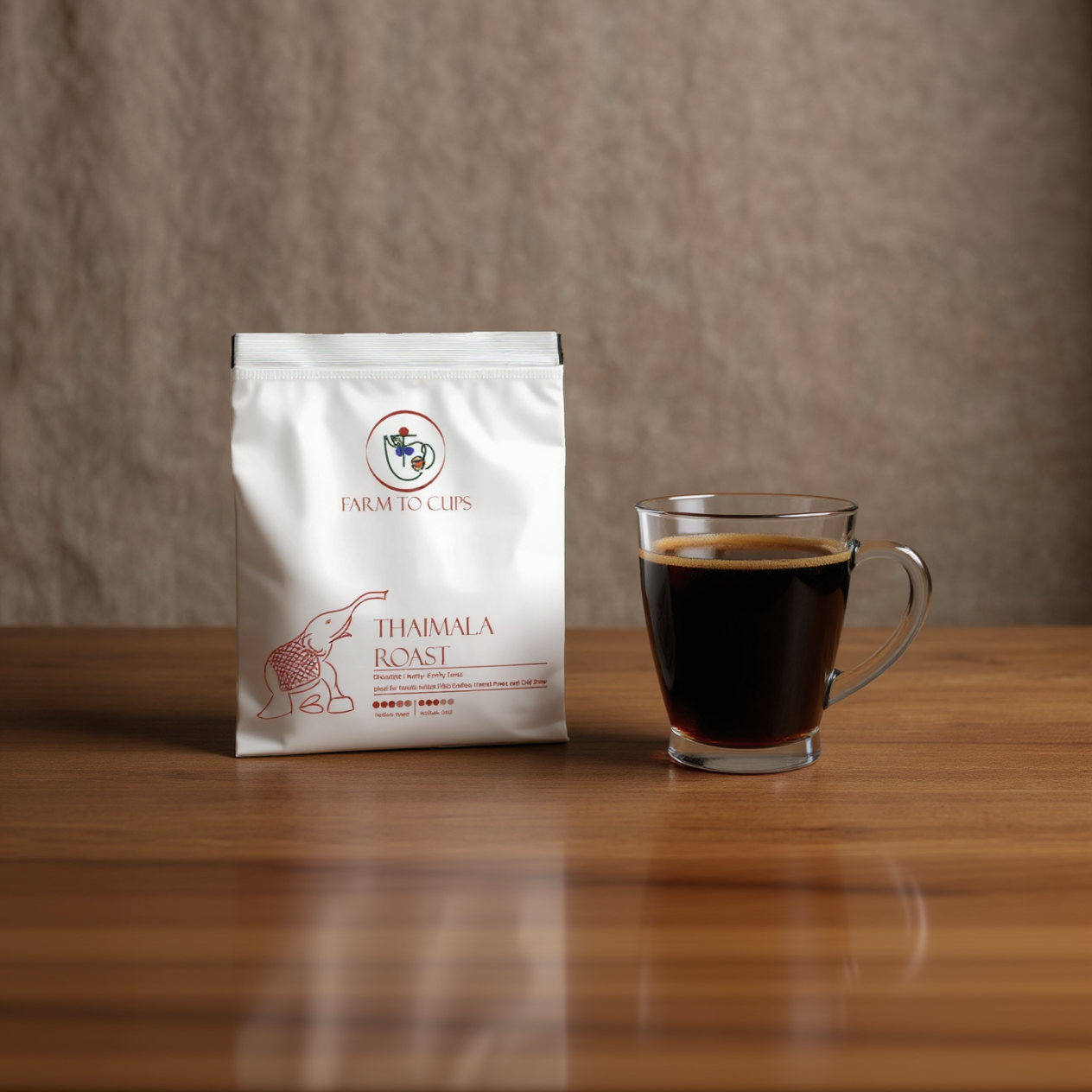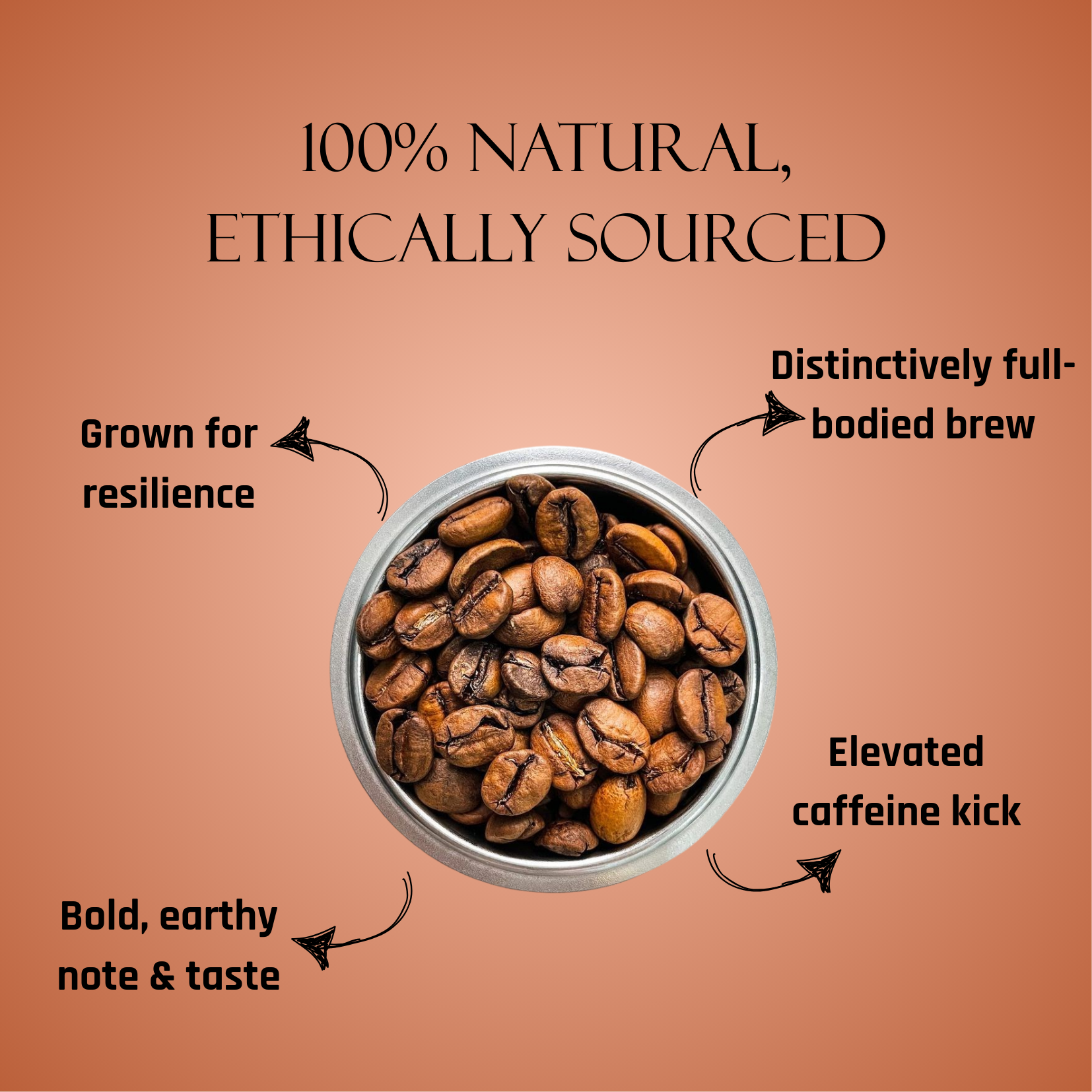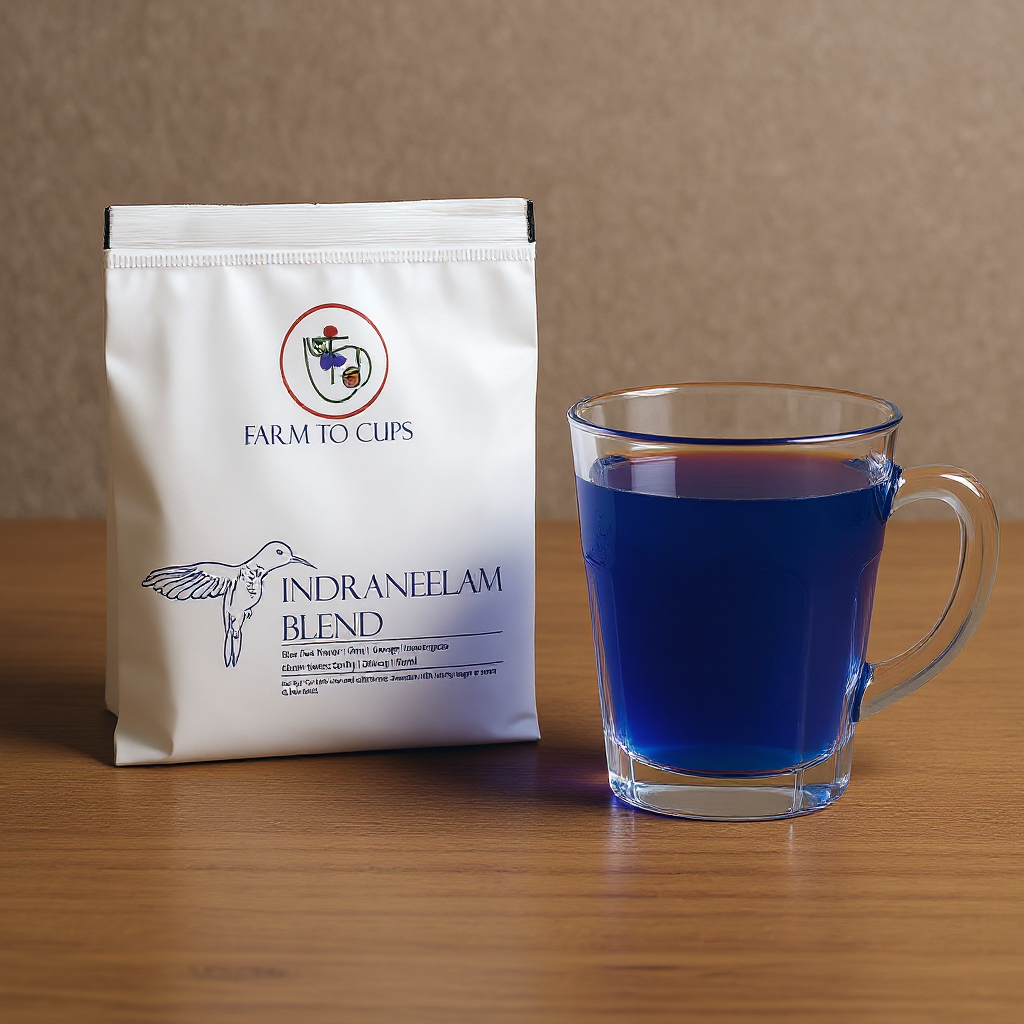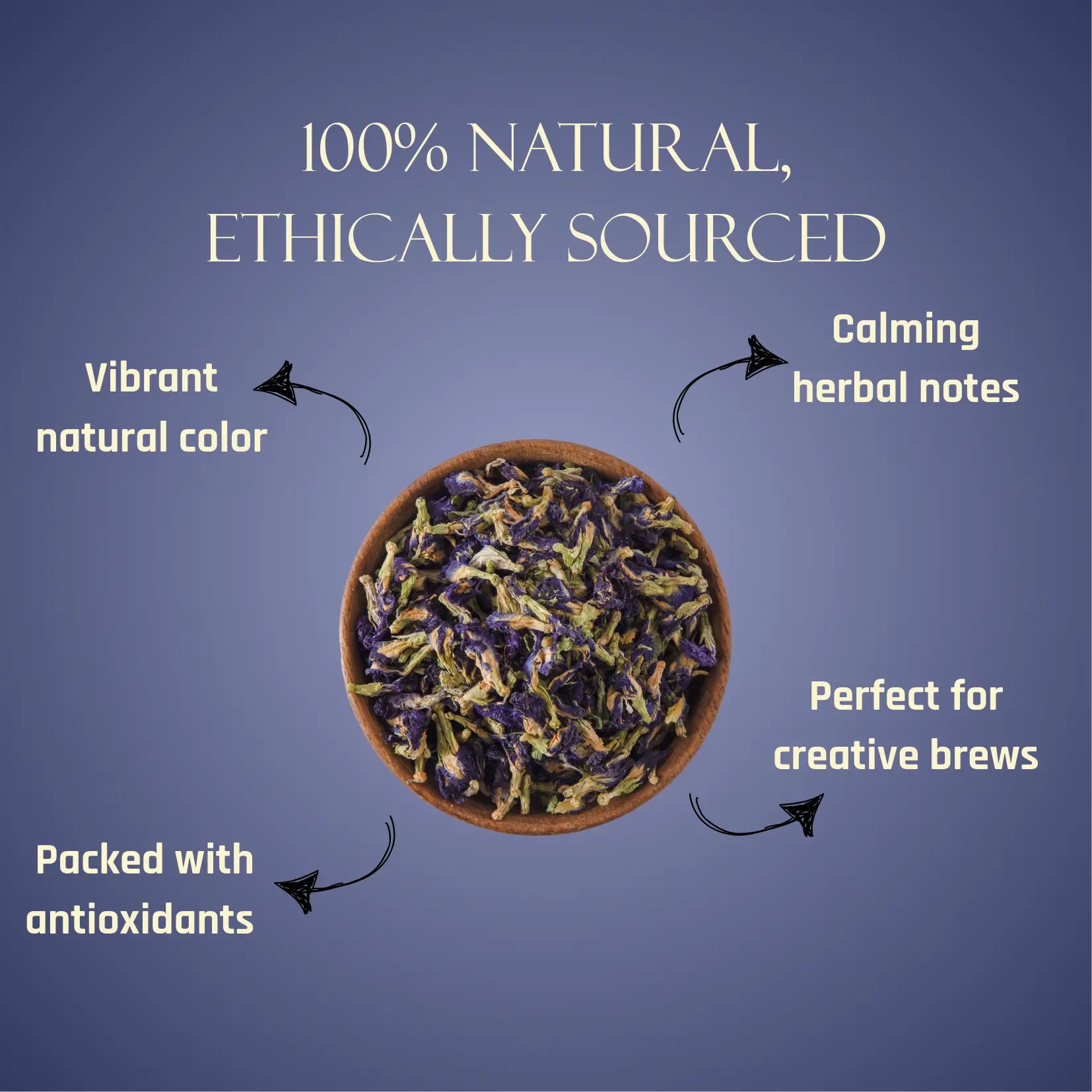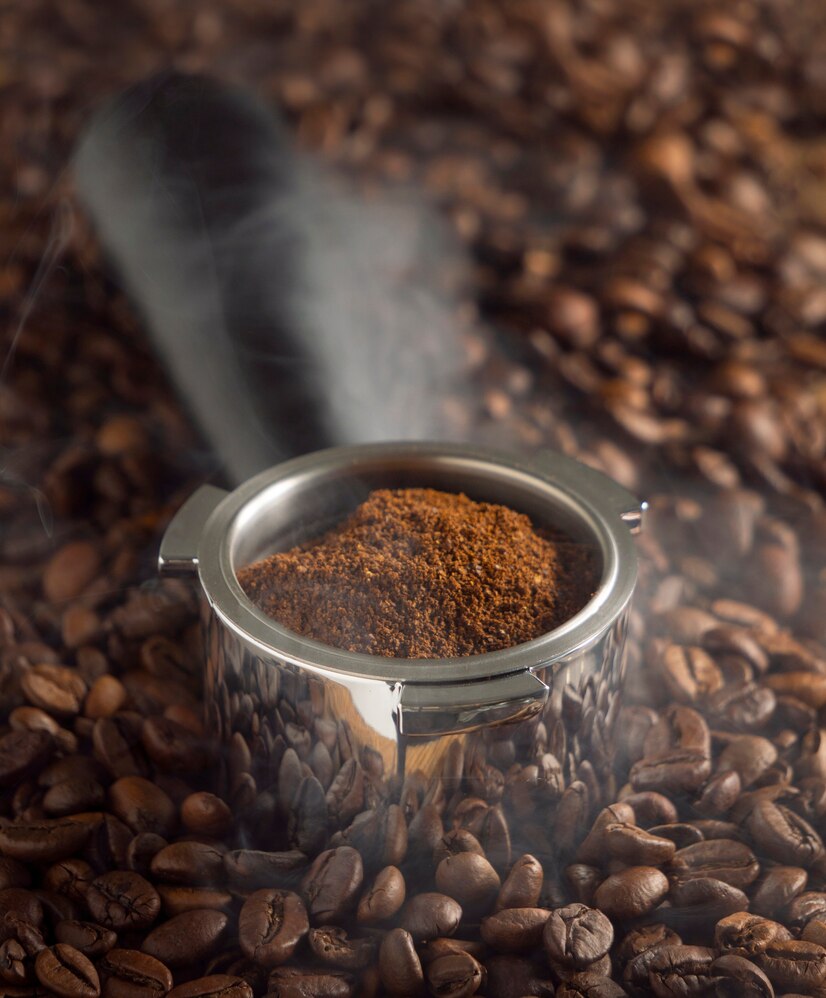
Decaf Coffee: The Best Options for a Caffeine-Free Experience

Decaf Coffee: The Best Options for a Caffeine-Free Experience
For coffee lovers who want to enjoy the rich aroma and flavor of coffee without the stimulating effects of caffeine, decaf coffee is a great alternative. However, not all decaf coffees are created equal. From the method of decaffeination to the roast level and origin, several factors influence the taste and quality of your cup.
In this guide, we’ll explore different types of decaf coffee, their characteristics, and how to choose the best one based on your preferences.
Understanding Decaffeination Methods
Before diving into different types of decaf coffee, it’s important to understand how caffeine is removed from coffee beans. The decaffeination process affects both the flavor and safety of the final product.
1. Swiss Water Process (SWP) Decaf Coffee
-
What It Is: A chemical-free decaffeination method that uses only water to remove caffeine while preserving the coffee’s natural flavors.
-
Why It’s Great: This process is 99.9% caffeine-free and maintains the integrity of the coffee beans without chemical residues.
-
Ideal For: Those who prefer a natural, eco-friendly decaffeination method with full-bodied flavor.
2. Carbon Dioxide (CO2) Process Decaf Coffee
-
What It Is: Uses pressurized carbon dioxide to extract caffeine while preserving coffee oils and flavors.
-
Why It’s Great: Retains much of the coffee’s original taste and is free from chemical solvents.
-
Ideal For: Those looking for a modern, high-quality decaf with minimal flavor loss.
3. Methylene Chloride (MC) Process Decaf Coffee
-
What It Is: Uses methylene chloride, a chemical solvent, to remove caffeine. While effective, this process raises concerns about chemical residues.
-
Why It’s Great: It helps maintain the full flavor profile of the coffee. However, some consumers prefer chemical-free methods.
-
Ideal For: Those who prioritize taste over process and are comfortable with minimal chemical exposure.
4. Ethyl Acetate (EA) Process Decaf Coffee (a.k.a. "Natural Decaf")
-
What It Is: Uses ethyl acetate, a compound found in fruit, to remove caffeine naturally.
-
Why It’s Great: Considered a "natural" decaf option, but some argue it alters the taste slightly.
-
Ideal For: Those who prefer a fruit-derived alternative to chemical decaffeination.
Types of Decaf Coffee Based on Roast Level
1. Light Roast Decaf Coffee
-
Flavor Profile: Bright, fruity, floral, and acidic with a mild body.
-
Best Brewing Methods: Pour-over, Aeropress, or drip coffee.
-
Ideal For: Those who enjoy delicate and nuanced flavors with higher acidity.
2. Medium Roast Decaf Coffee
-
Flavor Profile: Balanced acidity, smooth body, with caramel, nutty, or chocolatey notes.
-
Best Brewing Methods: Drip coffee, French press, or espresso.
-
Ideal For: Those who prefer a classic, well-rounded cup of coffee.
3. Dark Roast Decaf Coffee
-
Flavor Profile: Rich, bold, and full-bodied with smoky, chocolatey, and toasted notes.
-
Best Brewing Methods: Espresso, moka pot, or French press.
-
Ideal For: Fans of intense and bold flavors, especially those who love espresso-based drinks.
Types of Decaf Coffee Based on Origin
Like regular coffee, decaf coffee flavors vary based on their origin. Here are some common ones:
1. Single-Origin Decaf Coffee
-
What It Is: Coffee beans sourced from a specific region or farm rather than blended from multiple locations.
-
Why It’s Great: Each region offers distinct flavors—for example:
-
Ethiopian Decaf: Fruity, floral, and tea-like.
-
Colombian Decaf: Smooth, nutty, and balanced.
-
Brazilian Decaf: Chocolatey, creamy, and low in acidity.
-
Ideal For: Coffee lovers who enjoy exploring unique regional flavors.
2. Decaf Coffee Blends
-
What It Is: A mix of beans from different regions, carefully blended for a balanced taste.
-
Why It’s Great: Creates a consistent flavor profile with different complementary notes.
-
Ideal For: Those who prefer a smooth and approachable cup with a mix of flavor elements.
Types of Decaf Coffee Based on Convenience
1. Instant Decaf Coffee
-
What It Is: Freeze-dried or spray-dried coffee that dissolves quickly in hot water.
-
Why It’s Great: Fast and convenient for busy mornings or travel.
-
Ideal For: Those who need quick coffee without brewing.
2. Decaf Coffee Bags
-
What It Is: Pre-portioned ground coffee inside tea bag-like pouches.
-
Why It’s Great: No equipment needed—just steep in hot water.
-
Ideal For: Those who want easy brewing with minimal cleanup.
3. Decaf Coffee Pods (K-Cups/Nespresso)
-
What It Is: Pre-packaged single-serve coffee pods for machines.
-
Why It’s Great: Mess-free and consistent, but sometimes lacks depth in flavor.
-
Ideal For: People who own single-serve coffee machines.
How to Choose the Best Decaf Coffee for You
When selecting a decaf coffee, consider the following:
-
Decaffeination Method – If you want an all-natural process, choose Swiss Water or CO2 decaf.
-
Roast Level – Decide based on your preference for light, medium, or dark flavors.
-
Origin – Single-origin coffees provide unique regional flavors, while blends offer consistency.
-
Brewing Method – Match your coffee to your preferred brewing technique.
-
Convenience – Choose between whole beans, ground coffee, instant coffee, or pods based on your lifestyle.
Final Thoughts
Decaf coffee allows you to enjoy all the flavors of coffee without the caffeine kick. Whether you prefer a smooth, well-balanced medium roast, a bold espresso decaf, or a naturally processed single-origin, there’s a decaf option for every coffee lover.
When choosing your next decaf coffee, focus on quality, decaffeination process, and roast level to ensure a flavorful and satisfying experience.
What’s your favorite type of decaf coffee? Share your thoughts in the comments below!
